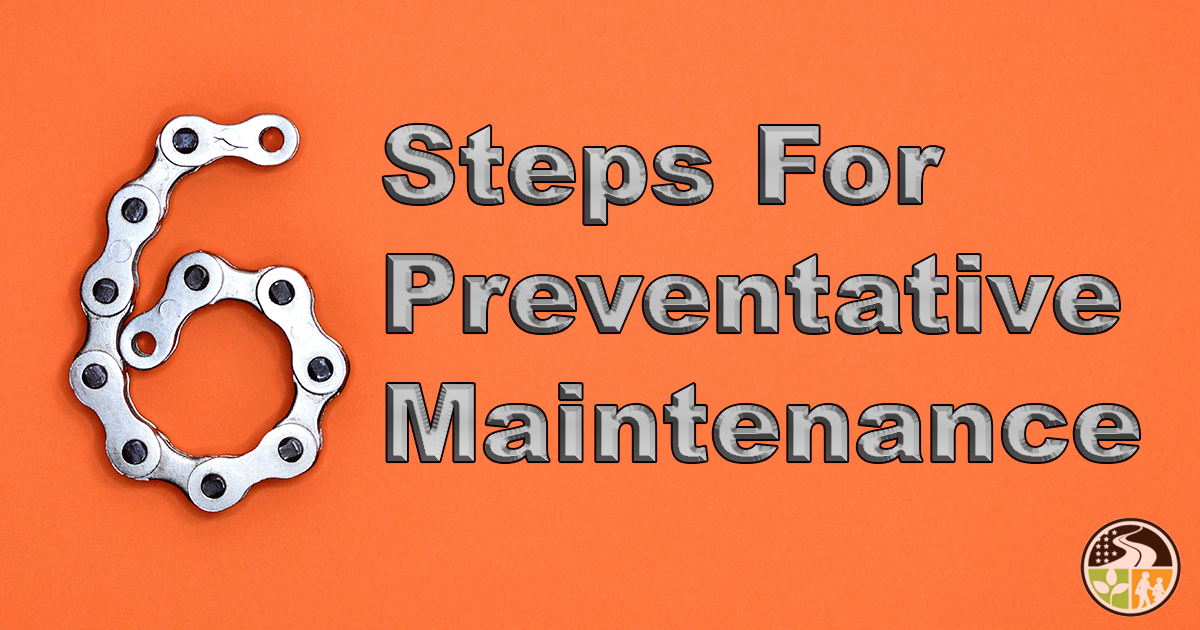Six Tips for Preventative Maintenance

As the weather cools down and you’re looking forward to the first snow, you may wonder what care your vehicle needs in the winter months. No one wants to be in a disabled car on a snowy road. Just the thought of this winter dilemma is enough to make you shiver!
Of course, you also want to avoid expensive repairs, extend the life of your vehicle and even save money at the gas pump. These are all good reasons to make sure your vehicle is in good shape. After all, it’s cheaper to perform basic maintenance than to pay for major repairs. But what maintenance should you do, and when?
You’ll find a maintenance schedule in your owner’s manual. This schedule includes specific intervals for checking and replacing certain parts of your vehicle. Here we provide a simple list of just six categories to check throughout the year.
1. Take a look at your tires
Inspect your tires regularly. Make sure they’re at the right pressure for the outside temperature. As the temperatures drop, so does your tire pressure. Also, make sure the tread is not overly worn and that there are no foreign objects, such as nails, embedded in the tires.
Consider changing to snow tires if you live in an area with considerable snowfall. Rotate your tires and have them aligned once a year. You should also have them balanced about every 3,000-6,000 miles so that they last longer.
2. Be aware of your essential fluids
Just as a human body needs to hydrate, the fluids in your vehicle should be replaced regularly. Plan to change your oil about every 3,000 miles. While you’re changing the oil, make sure the oil filter is replaced.
Check your windshield washer fluid monthly to make sure it’s full. Power steering, coolant and transmission fluids should be changed about every two years.
3. Check the air filter
Every year you should check both the engine air filter and the cabin air filter.
4. Keep the spark alive
Check your spark plugs. They need to be changed occasionally—your owner’s manual will tell you how often for the type of spark plugs in your vehicle. Test your battery every six months and check the battery connections after every oil change.
5. Belts and hoses
When you are changing the oil, take the opportunity to also check your belts and hoses. Are they worn or cracked? These are signs that they are wearing out or have been damaged and should be replaced soon. Also, if they’re leaking or seem brittle, it’s time for a change.
6. Keep an eye on the brakes
You should have your entire brake system checked at least once a year, and replace the brake fluid.
- 2023
- 2022
- 2021
- 2020
- 2019
- 2018
- 2017
